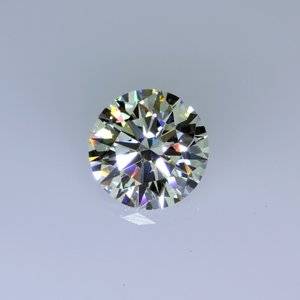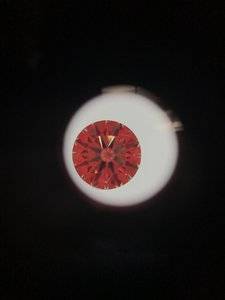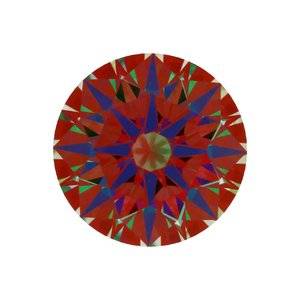Hi,
We have been looking for a while, and it is close to purchasing the center stone. Would love to get everyone's thoughts and feedback, and a reasonable price range?
What would be a fair purchase price for this stone?
After some research I am potentially a bit concerned about girdle.
I am considering making this purchase but would really value feedback on the pricing but especially the quality of the center stone

We have been looking for a while, and it is close to purchasing the center stone. Would love to get everyone's thoughts and feedback, and a reasonable price range?
- 2.2 Carat, triple excellent cut, I, VS1
- Very high on all 3 categories of Gemex report
- HCA Score 1.1, very little leakage on the light scope
- We can see fairly sharp hearts and arrows
What would be a fair purchase price for this stone?
After some research I am potentially a bit concerned about girdle.
I am considering making this purchase but would really value feedback on the pricing but especially the quality of the center stone











300x240.png)